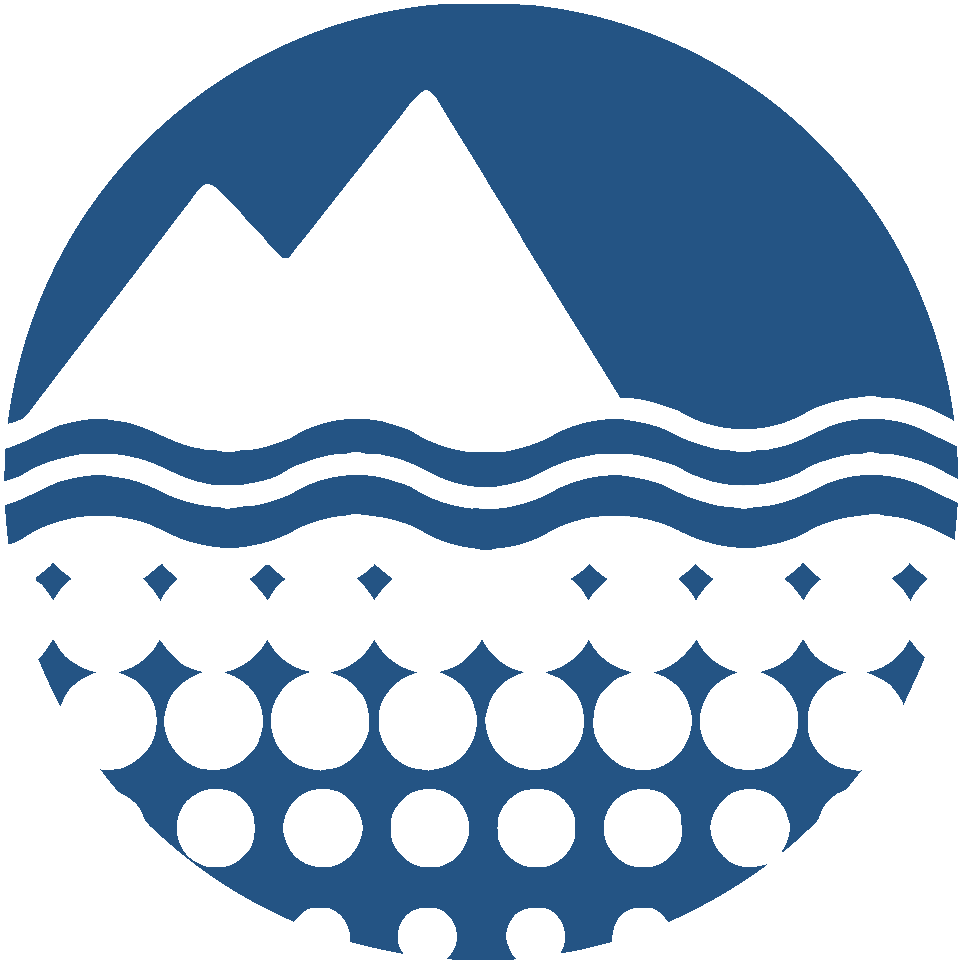

|
CAREER: Characterizing the thermomechanics of subglacial systems through research and education
Start Date:
2025-09-01
End Date:
2030-08-31
Description/Abstract
Sea-level changes are actively damaging coastal communities, ecosystems, and infrastructure. Glacier mass loss is a key uncertainty in determining how much sea-level rise will occur in the near future. Among the key unknowns in glacier science is how fast does ice slide across the land. The presence and pressure of water at the base of glaciers influences their sliding speed, which affects the resulting sea-level rise. This project will improve our understanding of how water moves beneath glaciers and ice sheets. Current models do not accurately represent subglacial water flow. By improving these models, this project will provide more reliable projections that are essential for informing policymakers and communities about the risks of changing sea levels. At the same time, through lectures and laboratory experiments about snow, ice, and sea-level, this project will ignite interest and improve scientific literacy among elementary and undergraduate students. This project aims to resolve discrepancies between observations and existing subglacial hydrology models through incorporating subglacial thermomechanics, particularly the process of ice infiltration into sediments, forming what is known as a ‘frozen fringe’. This project involves compiling a comprehensive catalog of subglacial water pressure observations to inform model development. This project has three main research aims: first, to characterize subglacial effective pressures and frozen fringe thicknesses; second, to model the impact of frozen fringe growth and sediment erosion on channelized water flow beneath glaciers; and third, to integrate these thermomechanical processes into the Subglacial Hydrology And Kinetic, Transient Interactions (SHAKTI) model to improve its accuracy. This research combines theoretical modeling, laboratory experiments, and field data to develop a model consistent with observed pressures. The resulting model will be implemented into the Ice-sheet and Sea-level System Model (ISSM) to reduce uncertainty in sea-level change predictions. Concurrently, this project fosters education through hands-on glacier and snow science activities for schools as well as an interdisciplinary undergraduate course. This award reflects NSF''s statutory mission and has been deemed worthy of support through evaluation using the Foundation''s intellectual merit and broader impacts review criteria.
Personnel
Funding
AMD - DIF Record(s)
Data Management Plan
Product Level:
Not provided
Keywords
|
This project has been viewed 19 times since May 2019 (based on unique date-IP combinations)